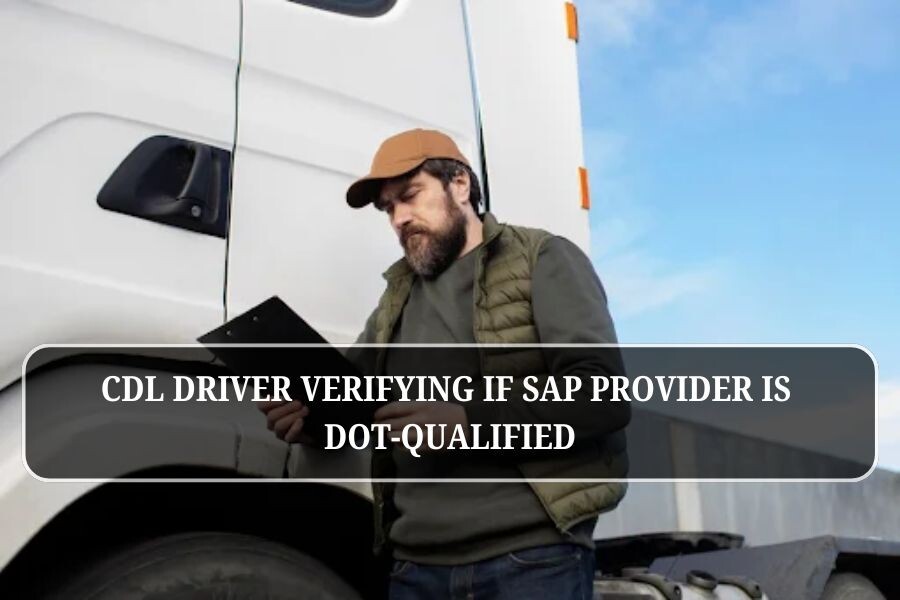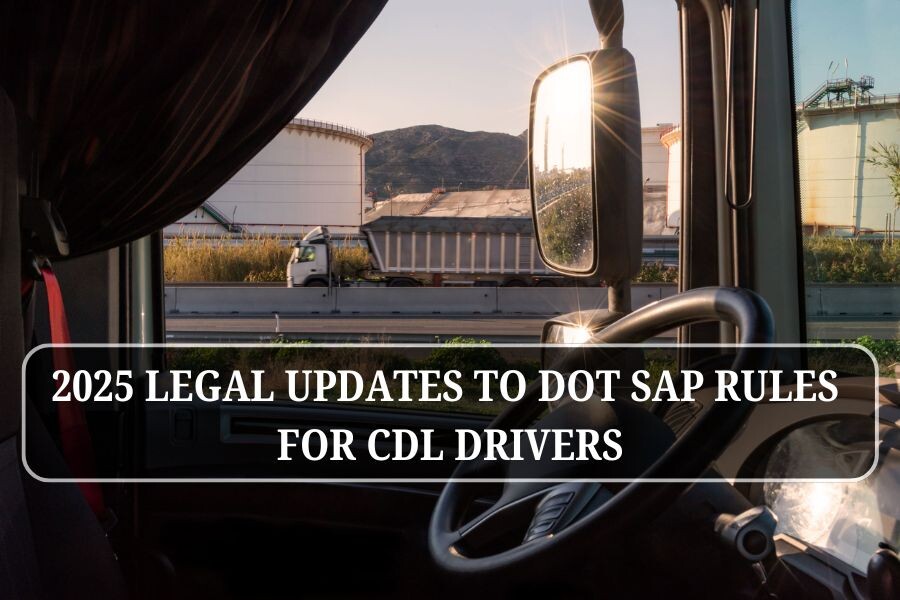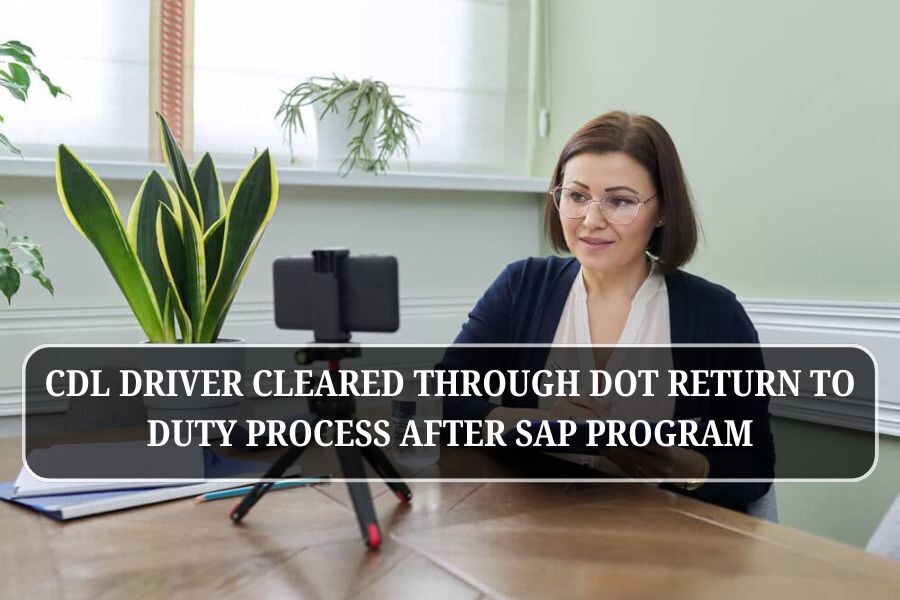Why These DOT Drug Test Misconceptions Matter
For U.S. CDL drivers, misunderstandings about DOT drug tests and SAP evaluations can lead to costly mistakes, violations, and even suspended driving privileges. With stricter FMCSA Clearinghouse enforcement in 2025, believing misinformation can directly affect your employability.
This guide clears up the most common misconceptions about DOT drug tests and SAP evaluations so drivers and employers can stay compliant and avoid unnecessary problems.
Common Misconception 1: “I’ll Get a Warning Before a Drug Test.”
Reality:
DOT drug tests—especially random tests—do NOT come with any advance warning. Employers must notify drivers immediately before testing is required.
DOT random testing is designed to be unpredictable. If a driver refuses or delays, it is treated as a failed test under 49 CFR Part 40.
Common Misconception 2: “I Can Use Over-the-Counter or CBD Products Without Issues.”
Reality:
Even legal, over-the-counter products can cause a positive drug test.
Key facts:
- FMCSA warns drivers that CBD products may contain THC above legal limits.
- A positive THC test still counts as a violation—even if the driver took CBD legally.
- “I didn’t know” is not accepted as a defense by DOT or FMCSA.
Avoid all CBD/THC products if you hold a CDL and operate under DOT regulations.
Common Misconception 3: “A Refusal Isn’t as Serious as a Positive Test.”
Reality:
A refusal to test is treated exactly the same as a positive drug test.
This includes:
- Leaving the testing site
- Not appearing when notified
- Not providing a specimen
- Attempting to cheat or substitute a sample
- Refusing to remove outer clothing when instructed
Any of these count as a DOT violation requiring a SAP evaluation.
Common Misconception 4: “I Can Keep Working While I’m in the SAP Program.”
Reality:
You cannot perform any DOT safety-sensitive functions until:
- You complete the SAP evaluation
- You complete all assigned treatment/education
- You pass the return-to-duty test
- Your employer confirms Clearinghouse eligibility
During this time, you cannot drive a CMV or perform regulated safety duties.
Common Misconception 5: “I Can Choose Any Counselor for My SAP Evaluation.”
Reality:
Only a DOT-qualified SAP can conduct a SAP evaluation.
This means:
- Licensed
- Certified in DOT substance abuse work
- Listed with recognized national organizations
- Familiar with 49 CFR Part 40 requirements
Using an unqualified or “cheap” SAP provider can result in your evaluation being rejected by employers or FMCSA.
Common Misconception 6: “My Violation Won’t Follow Me if I Switch Companies.”
Reality:
Since the FMCSA Clearinghouse went live, your violation record follows you everywhere in the U.S.
Every employer must:
- Run a pre-employment Clearinghouse query
- Check your violation history
- Verify SAP completion
- Confirm RTD eligibility before hiring
You cannot hide a violation by changing companies or states.
Common Misconception 7: “The SAP Process Is Just a Quick Meeting.”
Reality:
A SAP evaluation is a federal, multi-step process, not a single meeting.
It includes:
- Initial clinical assessment
- Treatment or education (varies per case)
- Follow-up evaluation
- Return-to-duty approval
- Follow-up testing plan (1–5 years)
- Full Clearinghouse reporting
The SAP process is designed to ensure safety—not provide shortcuts.
Common Misconception 8: “A SAP Evaluation Guarantees My Job Back.”
Reality:
A SAP can only determine whether you are eligible to return to duty.
Your employer still has full discretion to:
- Rehire you
- Place you in a different position
- Decline rehire and close your employment
A completed SAP process makes you eligible, but it does not guarantee job restoration.
Why These Misconceptions Are Dangerous for Drivers
Believing misinformation can lead to:
- Immediate suspension
- Termination
- Prolonged SAP process
- Higher insurance requirements
- Difficulty getting rehired
- Clearinghouse blocks
- Long-term career setbacks
Understanding the truth behind these common misconceptions about DOT drug tests is essential for protecting your CDL.
Conclusion
Misunderstanding DOT testing rules can put a driver’s entire career at risk. By learning the truth behind these common misconceptions about DOT drug tests and SAP evaluations, U.S. drivers can stay compliant, avoid violations, and maintain their long-term employability.










